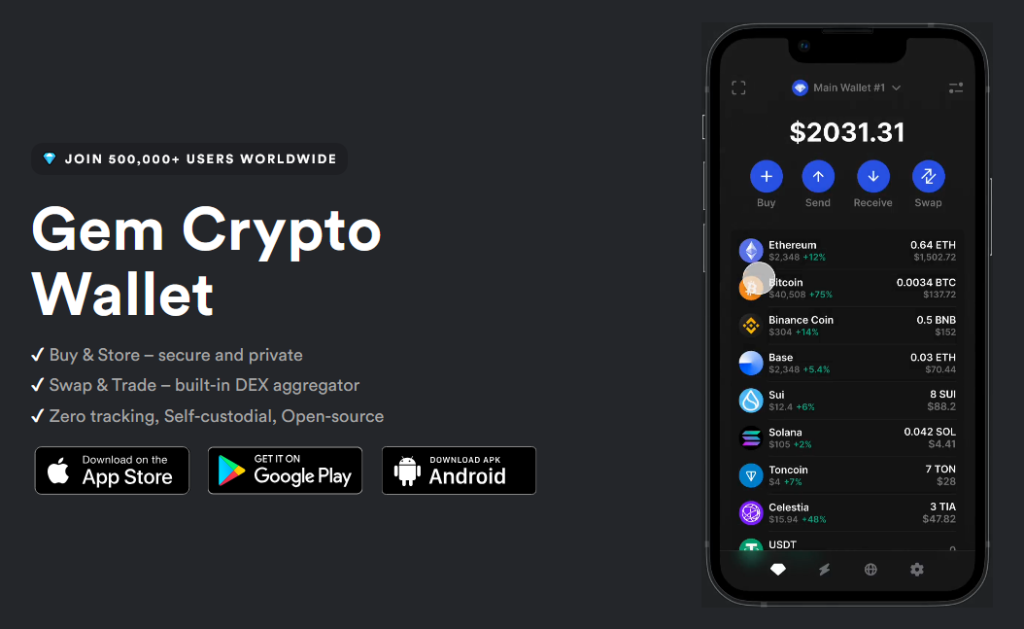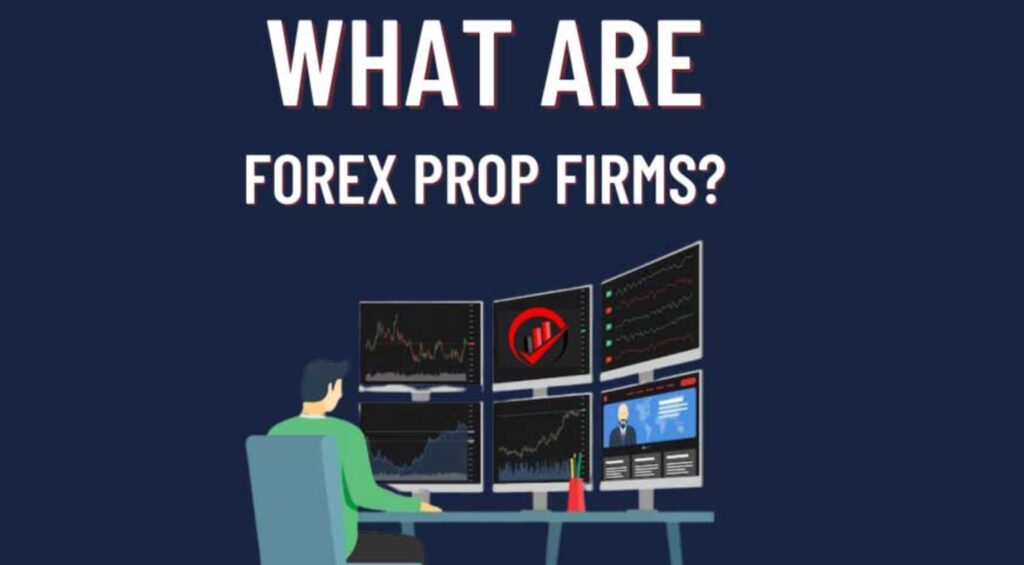The Forex market is one of the largest and most liquid financial markets in the world, with billions of dollars traded daily. As the demand for Forex trading services continues to grow, many companies and entrepreneurs are exploring the possibility of entering the market through a Forex White Label solution. This business model allows individuals or companies to offer Forex trading services under their own brand without the need for extensive technological infrastructure or regulatory licenses.
In this article, we’ll explore what a Forex White Label is, how it works, its advantages and disadvantages, and how it compares to other models like Full Brokerage solutions. A detailed comparison table will also be provided to help you better understand the options available.
What is a Forex White Label?
A Forex White Label is a partnership agreement in which one company (the white label provider) offers its technology, trading platform, and liquidity to another company (the white label partner). The white label partner rebrands the platform and offers it to their own clients under their own brand name. Essentially, the white label partner is “borrowing” the infrastructure of the provider to operate a Forex brokerage without having to build everything from scratch.
This solution is particularly attractive to financial service companies, FinTech startups, and entrepreneurs who want to enter the Forex market without the substantial costs associated with developing a proprietary trading platform.
How Does a Forex White Label Work?
The Forex white label process typically involves several key steps:
- Partnership Agreement: The white label partner and the technology provider enter into a formal agreement. The provider supplies the trading platform, liquidity, back-office systems, and sometimes even regulatory compliance assistance.
- Rebranding: The partner receives access to the provider’s technology, which is then rebranded with the partner’s logo, colors, and design. This gives the partner’s clients the appearance of a fully branded trading platform.
- Setup and Customization: The white label partner can usually customize some aspects of the platform, such as available instruments, leverage options, and margin requirements.
- Client Acquisition: The partner markets the platform to its own clients, providing them with trading services. The partner is responsible for customer acquisition and relationship management, while the provider ensures the functionality of the trading platform.
- Revenue Sharing: The white label partner earns revenue through client commissions, spreads, or other fees, which are shared with the provider based on the terms of the agreement.
Types of Forex White Label Solutions

There are typically two types of Forex white label solutions:
1. Full White Label
A Full White Label solution allows the partner to have complete control over the trading platform, including branding, back-office operations, and client management. The white label partner typically has to manage more aspects of the business, such as client support and regulatory compliance.
Pros:
- Complete brand customization.
- More control over client interactions.
- Higher potential profits.
Cons:
- Requires more investment in infrastructure, staff, and compliance.
- Higher operational responsibilities.
2. Partial White Label
A Partial White Label solution offers fewer customization options and allows the provider to manage more of the operational aspects, such as customer support and regulatory compliance. This solution is often more affordable and suitable for smaller companies or entrepreneurs who are just starting.
Pros:
- Lower setup costs.
- Less operational responsibility.
- Suitable for smaller businesses.
Cons:
- Limited customization options.
- Smaller share of profits.
Benefits of Forex White Label Solutions
There are several advantages to choosing a Forex white label solution, particularly for those looking to enter the market quickly and with minimal risk.
1. Cost-Effective Entry
Setting up a Forex brokerage from scratch can be prohibitively expensive, requiring the development of trading platforms, liquidity relationships, and regulatory compliance. A white label solution provides all of this at a fraction of the cost.
2. Faster Time to Market
With a white label, the infrastructure is already in place, allowing businesses to enter the market faster. This can be a significant advantage in the fast-paced world of Forex trading.
3. Brand Customization
Even though the technology is provided by a third party, white label partners can still brand the platform as their own, allowing them to create a unique identity in the market.
4. Access to Advanced Technology
White label partners benefit from the latest trading technology, such as MetaTrader 4 (MT4) or MetaTrader 5 (MT5), without the need to develop or maintain the platform themselves.
5. Low Risk
With the white label provider managing the platform’s technical and operational aspects, the partner can focus on client acquisition and marketing, reducing their overall risk exposure.
Drawbacks of Forex White Label Solutions
Despite the many advantages, there are some potential drawbacks to be aware of:
- Revenue Sharing: A portion of the profits is shared with the white label provider, which may reduce the overall profitability for the partner.
- Limited Control: The partner may have limited control over certain aspects of the platform, such as technology updates or regulatory changes.
- Compliance Requirements: Depending on the jurisdiction, white label partners may still be responsible for ensuring their business complies with local regulatory requirements, which can be complex and costly.
Comparing Forex White Label vs. Full Brokerage Solutions
To better understand the differences between a white label solution and a full brokerage, here’s a comparative table:
| Feature | Forex White Label | Full Brokerage |
|---|---|---|
| Initial Setup Cost | Lower | High |
| Time to Market | Fast (Weeks) | Slow (Months to Years) |
| Platform Development | Provided by the white label provider | Custom-built or third-party integration |
| Brand Customization | Limited (based on provider’s platform) | Full control over branding and features |
| Operational Control | Limited (provider handles technical aspects) | Full control over all operations |
| Regulatory Compliance | Partner responsible, provider may assist | Full responsibility for compliance |
| Revenue Model | Revenue sharing with the provider | Full revenue ownership |
| Client Support | Optional, can be managed by provider | Full responsibility |
Who Should Choose a Forex White Label?
A Forex white label solution is ideal for:
- Entrepreneurs who want to enter the Forex market quickly and with lower initial costs.
- Financial Service Companies that want to expand their offerings by including Forex trading under their brand.
- FinTech Startups that want to offer trading services without developing complex infrastructure.
- Brokers looking to expand their business by reaching new clients through white label partners.
Conclusion
A Forex White Label solution provides a cost-effective and efficient way for individuals and businesses to enter the Forex market without the high costs and complexities of building a brokerage from the ground up. Whether you’re a financial institution, entrepreneur, or FinTech company, the white label model allows you to leverage existing technology and liquidity while creating a unique brand identity.
While it offers significant benefits such as faster time to market and lower setup costs, it’s important to consider the potential limitations, such as revenue sharing and limited control over the platform. By comparing white label solutions to full brokerage models, you can make an informed decision about the best way to launch your Forex trading business.







Thanks for breaking down the types of white label solutions!
This article is very helpful! Now I understand how Forex White Label works and its benefits. Perfect for someone like me who wants to start a Forex business without high costs. Thank you!
I think the costs are still too high. Not everyone can afford this.
It sounds like a white label partner is just a middleman. What’s the point?
If the profits are smaller in a partial white label, why would anyone choose it?
Very positive and enlightening article on Forex trading services!
I learned so much about starting a Forex business. Thank you!
Interesting read! Good info for anyone wanting to start in Forex.
This is a good overview! Makes the Forex market seem more accessible.
This doesn’t look like a safe way to enter the Forex market. Too many risks!
Why not just use an established broker instead of rebranding a platform?
Doesn’t seem like there’s enough control for the partner, especially in a partial white label.
Amazing details on the benefits of Forex White Labels. Loved it!
Great article! Very informative about Forex White Label solutions.
I don’t understand how this white label thing really works. Seems complicated.
Seems like a lot of work just to use someone else’s platform. Is it worth it?
Nice explanation. Easy to understand and very helpful.
Why would someone want to do this instead of starting their own Forex company?
I’m skeptical about the ‘low risk’ part. Is it really low risk?
I never knew about Forex White Labels before. Thanks for sharing!
This makes entering the Forex market seem less daunting. Great post!